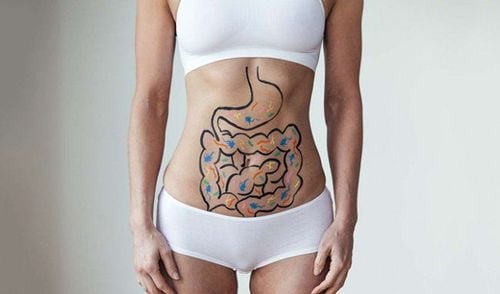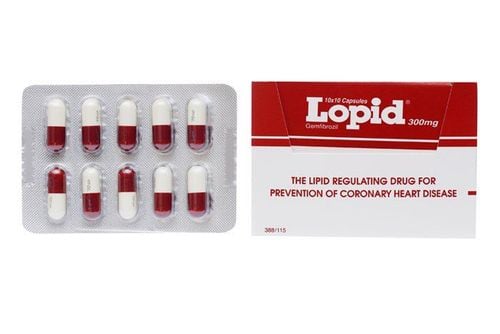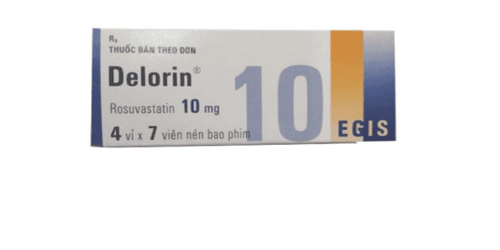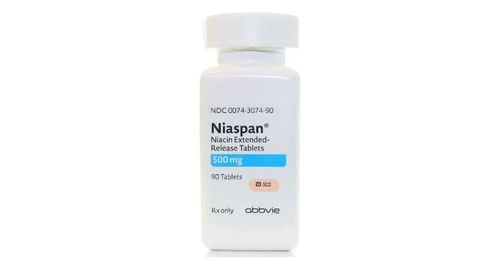This is an automatically translated article.
How much energy does 1 gram of fat provide? It provides 37 kJ (9 kcal). Foods high in fat provide a lot of energy. Fats are carriers of fat-soluble vitamins and are necessary for their absorption. High intake of saturated or trans fatty acids can have adverse health effects.1. Energy and fat
Fat is the most abundant source of energy available in the diet, so it can easily contribute to weight gain if used a lot. The structure of fats determines the effect on health. Some fatty acids are essential components of the diet, but others can be detrimental.2. The structure of fat
The building blocks of fats (lipids) are fatty acids and glycerol. Fatty acids found in food and fat stored in the body are mainly present as triacylglycerols (sometimes called triglycerides). A glycerol molecule will have three different fatty acids attached to it. Individual fatty acids can be present at any of the three positions on the glycerol molecule (referred to as sn-1, sn-2, and sn-3). The presence of specific fatty acids at different positions on the glycerol molecule will also affect its properties (i.e. melting point and digestibility).A fatty acid is made up of a chain of carbon atoms, with a methyl group at one end and an acid group at the other. Attached to the carbon chain are hydrogen atoms, the number per carbon atom depending on whether the fatty acid is 'saturated' or 'unsaturated'.
If the fatty acid has all the hydrogen atoms it can hold, it is said to be saturated. If some hydrogen atoms are missing and replaced by a double bond between the carbons, the fatty acid is said to be unsaturated. If there is a double bond, the fatty acid is called a monounsaturated fatty acid. If more than one double bond is present, the fatty acid is called a polyunsaturated fatty acid. In polyunsaturated fatty acids, the hydrogen atoms can be arranged in one of two ways. One arrangement is called cis and the other is called trans. Cis is the common form found in nature. The position of the double bonds in the polyunsaturated fatty acid structure determines its type, the two main types being omega 3 (n-3) and omega 6 (n-6) fatty acids (some omega- fatty acids). 9 (n-9) also exists.
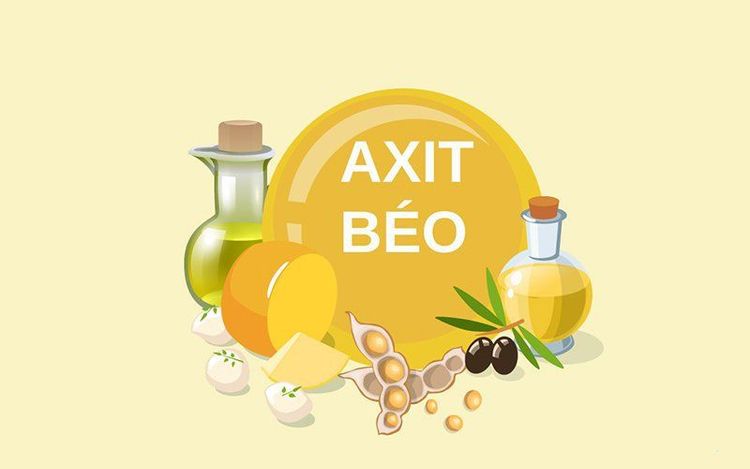
Một số axit béo là thành phần thiết yếu của chế độ ăn nhưng những axit béo khác có thể gây bất lợi
3. Learn about fatty acids
Trans fatty acids are rarely found in nature but are produced in the rumen of cows and sheep (ruminants) and are therefore found in milk, beef and lamb. Metabolic double bonds can be created during oil processing, and trans fatty acids created in this way have been targeted for reduction because they have been shown to have similar effects in the body. for saturates (increasing LDL cholesterol in the blood) but they also lower HDL cholesterol, meaning their effects are more detrimental than saturation. They also affect other heart disease risk factors.4. Essential Fatty Acids
The body can't make essential fatty acids, except for two, called alpha linolenic acid (omega-3) and linoleic fatty acid (omega-6). These are called essential fatty acids (EFAs) and must be provided in the diet. From these fatty acids, we can make other fatty acids that are very important for health. From linoleic acid we make arachidonic acid and from linolenic acid we make EPA (eicosapentaenoic acid) and DHA (docosahexaenoic acid). These substances can be preformed from the diet. Fish oil and fish oil supplements are rich sources of EPA and DHA. They are commonly found in the meat or eggs of animals fed a diet rich in omega 3 (n-3) fatty acids, i.e. foods produced this way can be considered an alternative to oily fish. , although the amount of so-called 'long-chain omega-3 fatty acids' is usually much less than in oily fish. Arachidonic acid (a long-chain omega-6 fatty acid) is found in small amounts in meat (especially pork and dark meat from chicken and turkey) and in fatty fish.EFAs and the fatty acids synthesized from them are important components of cell membranes. EPA and arachidonic acid are substrates for important signaling molecules, such as eicosanoids, that control many important functions at the cellular level.
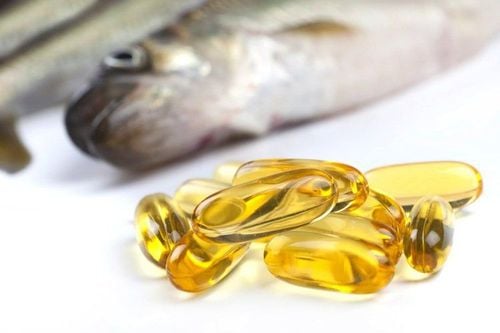
Dầu cá và thực phẩm bổ sung dầu cá là những nguồn giàu EPA và DHA
5. Fatty acids in food
Fats depend on the type of fatty acids that make up the triacylglycerol molecule. All sources of dietary fat contain both saturated and unsaturated fatty acids but are sometimes described as 'saturated fats' or 'unsaturated fats' according to the ratio of fatty acids present. For example, butter is often described as 'saturated fat' because it has more saturated fatty acids than unsaturated fatty acids, while most vegetable oils are described as 'unsaturated fats' because they have more monounsaturated and polyunsaturated fatty acids than saturated. Moreover, it is also an important ingredient to help burn fat in the body.In general, saturated is a solid at room temperature and is of animal origin. Most unsaturated substances are liquid at room temperature and are usually vegetable fats. But there are still exceptions. Palm oil is one of the vegetable oils that contains a high percentage of saturated fatty acids. In addition, vegetable and fish oils can also be hardened by a process that adds hydrogen atoms to some of the double bonds in unsaturated fatty acids. This is called hydrogenation. In this way, some unsaturated fatty acids become fully saturated and some trans fatty acids can be formed. Hydrogenated oils have traditionally been used in the production of margarine and cooking fats. However, in recent years, due to concerns about the health effects of high intake of trans fatty acids, production methods have changed dramatically, leading to a reduction in the trans fatty acid content of the diet. .
6. Fat in the Diet
Based on advice from advisory committees, the Department of Health has recommended that the average fat intake be reduced to 35% food energy or less and saturated to 11% food energy and even may be less. These numbers are intended to be population averages (targets achieved by the average population), not specifically targets for individuals. There are also recommendations for food energy ratios provided by different fatty acidsThe National Dietary and Nutritional Survey of Adults found that in 2008/09 - 2010/11, Average daily fat intake was 78.8g for men and 60.1g for women, respectively (providing about 35% and 34.4% of the dietary energy intake, i.e. excluding drinking). alcohol), has decreased from 40% of energy intake in 1986/87. This indicates that fats now contribute a significantly lower proportion of energy to the UK diet than previous surveys carried out in 1986 and 1987 that showed, on average, men, women are meeting the recommended population target for dietary fat of 35% of food calories. The survey also showed that the amount of saturated fatty acids (SFA, saturated) has decreased from 17% (1986/1987) to 12.8%, 12.6% of food energy for men and women, respectively. although this still exceeds the recommended 11%.
7. Fat as a nutrient
Fat has several important functions as a nutrient:It is a concentrated source of energy. 1g of fat provides 37kJ (9kcal), more than double the amount provided by protein or carbohydrates, providing 17kJ/g (4 kcal) and 16kJ/g (3.75 kcal), respectively. It is a carrier of vitamins A, D, E and K, which are fat soluble. It is a good source of essential fatty acids (EFAs), linoleic acid (omega-6) and alpha linolenic acid (omega-3). Dietary EFAs and fatty acids synthesized from them, incorporated into phospholipids in cell membranes, are therefore important in cell membrane formation, especially in nervous tissue. EFAs are converted to prostaglandins and other bioactive compounds called eicosanoids, which control biochemical reactions inside cells. At least 1.2% of energy intake should be derived from EFAs. Fats are found in most food groups, and fatty foods in general provide a wide range of different fatty acids, both saturated and unsaturated.
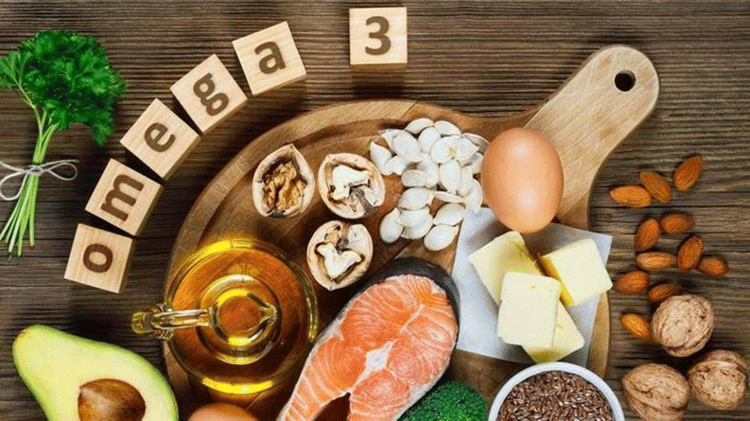
Ăn nhiều chất béo có liên quan đến việc tăng cholesterol trong máu và là yếu tố nguy cơ của bệnh mạch vành
8. The relationship between fat and some diseases
8.1. Fat and coronary heart disease (CHD)
Eating a lot of fat, especially a diet high in saturated fatty acids, is associated with increased blood cholesterol, which is one of the risk factors for coronary heart disease. Diets rich in saturated fatty acids have been linked to the development of insulin resistance and dyslipidemia (abnormal blood lipid levels) as part of the 'Metabolic syndrome' (a group of risk factors for diabetes). cardiovascular disease) is associated with an increased risk of type 2 diabetes. On the other hand, mono and polyunsaturates have been implicated in lowering blood cholesterol levels as they have a particular role in heart health that has been established for food sources of long-chain omega-3 fatty acids (EPA and DHA) found in oily fish.8.2. The relationship between fat and obesity
Fat is a concentrated source of energy and foods high in fat provide a lot of energy. Additionally, fats can be less filling than other food ingredients (e.g., protein and fiber). This means it's easier to burn off excess calories when eating a high-fat diet. If energy intake and consumption are not balanced then excess energy is stored in the body as fat, which over time can lead to a person becoming overweight or obese.Once you have calculated how much energy 1 gram of fat provides, you can consider for yourself a healthy, low-fat diet to help reduce the risk of diseases and serious effects. to health. In case of need, you can consult a doctor for more in-depth advice.
Please dial HOTLINE for more information or register for an appointment HERE. Download MyVinmec app to make appointments faster and to manage your bookings easily.
Source: nutrition.org.uk



